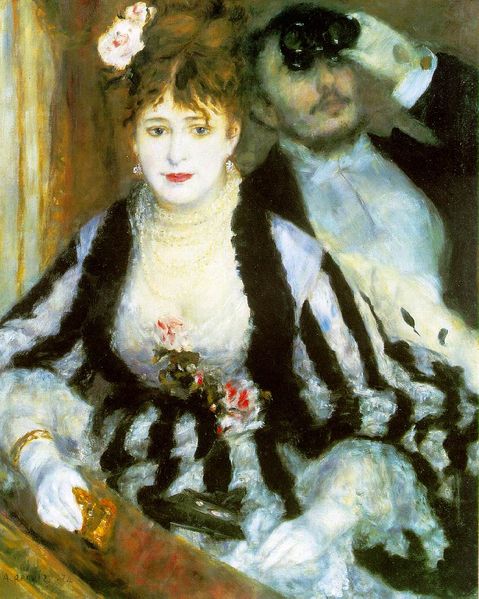Paris during the second half of the nineteenth century was a fascinating, dizzying, disconcerting place. The city’s population doubled between 1850 and 1870, from one million to two, and showed no signs of stopping there. New bars and clubs opened by the dozen, new theatres and café-concerts threw open their doors to the public. Horse-racing, gambling and prostitution flourished. Even the fabric of
Those avenues and boulevards filled with a teeming multitude, an unprecedentedly vast urban crowd. Such was the press of people, such the fluidity of modern society, that it became increasingly difficult to know, at first sight, who anybody really was. The lady over there, in her fine clothes and her ermine wrap – was she an aristocrat, or the wife of a railway baron? Was she the consort of Monsieur X, managing director of the new department store, or was she – whisper it, for the sake of propriety – une impure, a prostitute?
Impressionism is sometimes mistakenly regarded as a light-hearted and frivolous form of painting. In fact it was a deeply serious movement – the first concerted attempt to capture, in art, those huge shifts in the texture of experience that had been engendered by the modern city. In Impressionist painting, nothing is fixed and nothing is stable. Instead, everything shifts and moves. Impressionism is the art of the cropped composition, the glimpsed view, the transitory encounter. The Impressionists paint nature as well as the urban environment of brothel, bar and street, which is why they are sometimes thought of as pastoral artists in search of a timeless idyll. But the truth is they...


